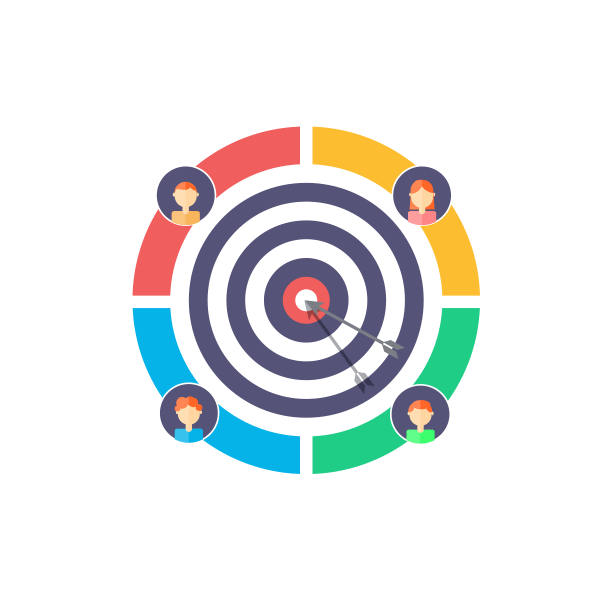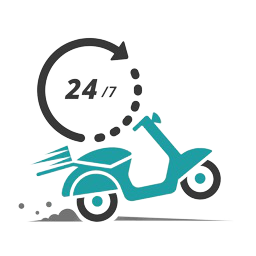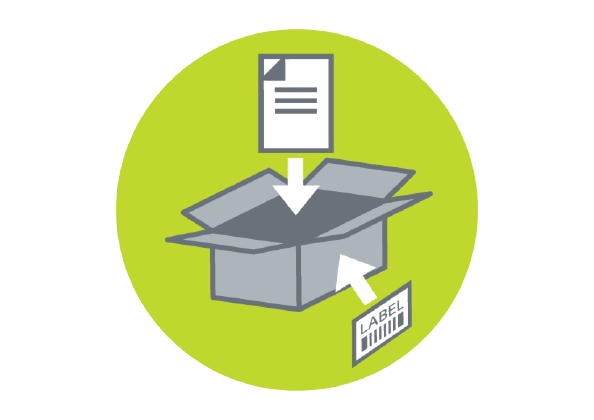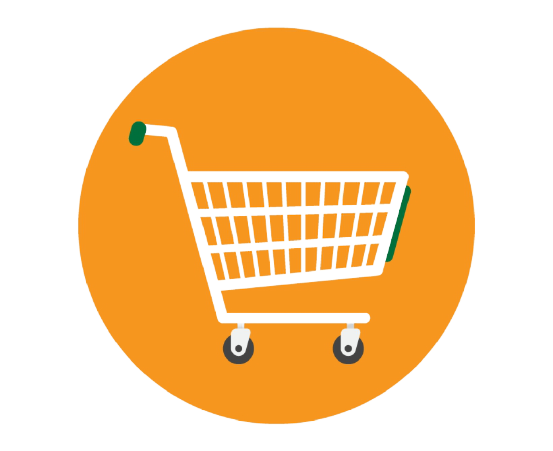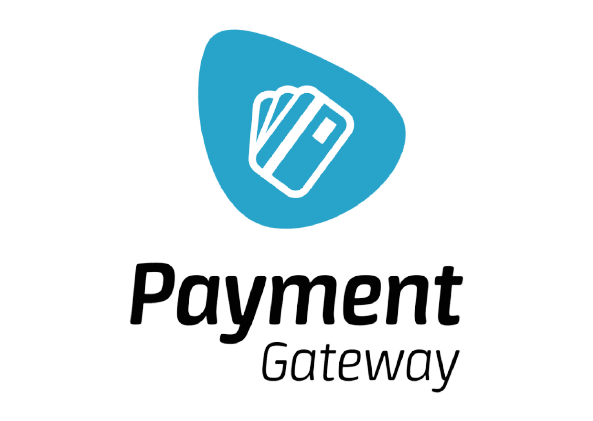E-Commerce Development
overview
What is e-commerce?
E-commerce is the buying and selling of good or services via the internet, and the transfer of money and data to complete the sales. It’s also known as electronic commerce or internet commerce.
Today, questions about e-commerce usually center around which channels are best to execute business online, but one of the most burning questions is the appropriate spelling of e-commerce. The truth is, there isn’t any one that’s right or wrong, and it usually comes down to preference.
(In other words, “what is e-commerce” is far easier to answer than how to spell it, so we may have to agree to disagree on the proper spelling).
Following are the most traditional types of e-commerce models:
-
- Business to Consumer (B2C): B2C e-commerce is the most popular e-commerce model. Business to consumer means that the sale is taking place between a business and a consumer, like when you buy a rug from an online retailer.
- Business to Business (B2B): B2B e-commerce refers to a business selling a good or service to another business, like a manufacturer and wholesaler, or a wholesaler and a retailer. Business to business e-commerce isn’t consumer-facing, and usually involves products like raw materials, software, or products that are combined. Manufacturers also sell directly to retailers via B2B ecommerce.
- Direct to Consumer (D2C): Direct to consumer e-commerce is the newest model of ecommerce, and trends within this category are continually changing. D2C means that a brand is selling directly to their end customer without going through a retailer, distributor, or wholesaler. Subscriptions are a popular D2C item, and social selling via platforms like InstaGram, Pinterest, Facebook, SnapChat, etc. are popular platforms for direct to consumer sales.
- Consumer to Consumer (C2C): C2C e-commerce refers to the sale of a good or service to another consumer. Consumer to consumer sales take place on platforms like eBay, Etsy, Fivver, etc.
- Consumer to Business (C2B): Consumer to business is when an individual sells their services or products to a business organization. C2B encompasses influencers offering exposure, photographers, consultants, freelance writers, etc..
Here are some examples of types of e-commerce:
- Retail: The sale of products directly to a consumer without an intermediary.
- Drop shipping: The sale of products that are manufactured and shipped to consumers via a third party.
- Digital products: Downloadable items like templates, courses, e-books, software, or media that must be purchased for use. Whether it’s the purchase of software, tools, cloud-based products or digital assets, these represent a large percentage of ecommerce transactions.
- Wholesale: Products sold in bulk. Wholesale products are usually sold to a retailer, who then sells the products to consumers.
- Services: These are skills like coaching, writing, influencer marketing, etc., that are purchased and paid for online.
- Subscription: A popular D2C model, subscription services are the recurring purchases of products or services on a regular basis.
- Crowdfunding: Crowdfunding allows sellers to raise startup capital in order to bring their product to the market. Once enough consumers have purchased the item, it’s then created and shipped.
Let’s look at some of the biggest benefits of e-commerce:
-
- Convenience: Online commerce makes purchases simpler, faster, and less time-consuming, allowing for 24-hour sales, quick delivery, and easy returns.
- Personalization and customer experience: E-commerce marketplaces can create rich user profiles that allow them to personalize the products offered and make suggestions for other products that they might find interesting. This improves the customer experience by making shoppers feel understood on a personal level, increasing the odds of brand loyalty.
- Global marketplace: Customers from around the world can easily shop e-commerce sites – companies are no longer restricted by geography or physical barriers.
- Minimized expenses: Since brick and mortar is no longer required, digital sellers can launch online stores with minimal startup and operating costs.
0+
0
0%
0countries
024/7
Our Managed IT services will help you succeed. Let’s get started
Solutions
Modules of E-Commerce Platform In Which We Deals
Admin Panel
Vendor Panel
Delivery boy Panel
Order Management
Shopping Cart
Payment Gateway
Reports & Analytics
Content Management Systems
User Panel
Stop wasting time and money on technology. Let’s get started
John H. Bedard, Jr
Pricing and Plan
1 monthly fee for all IT services. No costly surprises
careBasic
Designed for businesses with basic IT requirements- All careBasic services include:
- 24/7 system monitoring
- Security management
- Patch management
- Remote support
carePlus
Designed for businesses looking to eliminate costly break/fix IT services- All carePlus services include:
- Preventive maintenance
- Asset management
- Secure cloud backup
- Server/Network support
carePro
A fully comprehensive plan for any business size or needs.- All carePro services include:
- Reporting
- Vendor management
- Virtual CIO (vCIO)
- Workstation support


